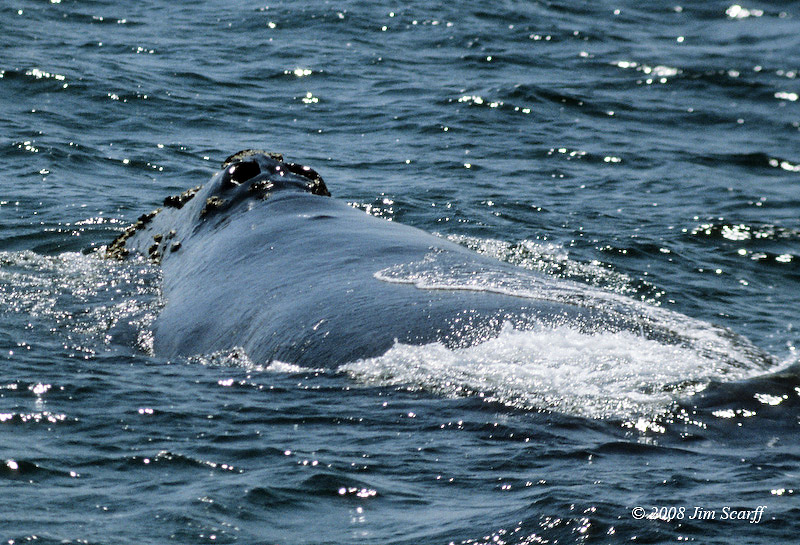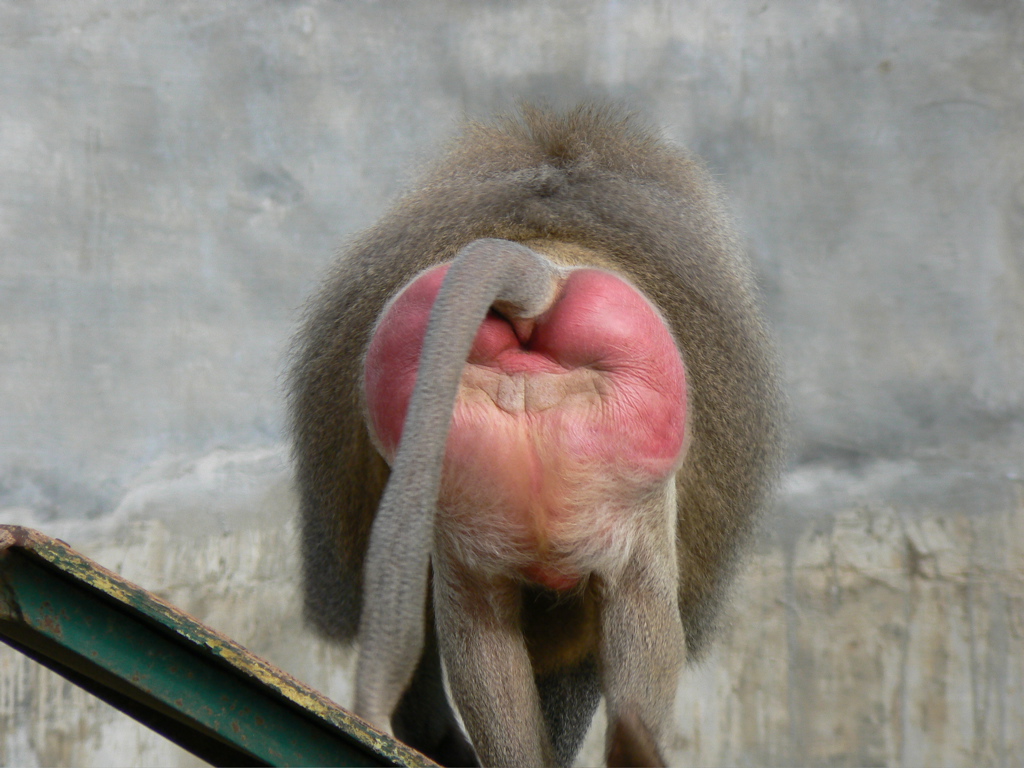|
Caperea
The pygmy right whale (''Caperea marginata'') is a species of baleen whale. It may be a member of the cetotheres, a family of baleen whales which until 2012 were thought to be extinct; ''C. marginata'' has otherwise been considered the sole member of the family Neobalaenidae and is the only member of the genus ''Caperea''. First described by John Edward Gray in 1846, it is the smallest of the baleen whales, ranging between in length and in mass. Despite its name, the pygmy right whale may have more in common with the gray whale and rorquals than the bowhead and right whales. The pygmy right whale is found in temperate waters of the Southern Hemisphere, and feeds on copepods and euphausiids. Little is known about its population or social habits. Unlike most other baleen whales, it has rarely been subject to exploitation. Taxonomy During the 1839-45 voyage of James Clark Ross, naturalists found bones and baleen plates resembling a smaller version of the right whale. In h ... [...More Info...] [...Related Items...] OR: [Wikipedia] [Google] [Baidu] |
Baleen Whales
Baleen whales (), also known as whalebone whales, are marine mammals of the order (biology), parvorder Mysticeti in the infraorder Cetacea (whales, dolphins and porpoises), which use baleen plates (or "whalebone") in their mouths to sieve plankton from the water. Mysticeti comprises the family (biology), families Balaenidae (right whale, right and Bowhead whale, bowhead whales), Balaenopteridae (rorquals), Eschrichtiidae (the gray whale) and Cetotheriidae (the pygmy right whale). There are currently 16 species of baleen whales. While cetaceans were historically thought to have descended from Mesonychia, mesonychians, molecular phylogenetics, molecular evidence instead supports them as a clade of even-toed ungulates (Artiodactyla). Baleen whales split from toothed whales (Odontoceti) around 34 mya (unit), million years ago. Baleen whales range in size from the and pygmy right whale to the and blue whale, the Largest organisms, largest known animal to have ever existed. They ar ... [...More Info...] [...Related Items...] OR: [Wikipedia] [Google] [Baidu] |
Right Whale
Right whales are three species of large baleen whales of the genus ''Eubalaena'': the North Atlantic right whale (''E. glacialis''), the North Pacific right whale (''E. japonica'') and the southern right whale (''E. australis''). They are classified in the family Balaenidae with the bowhead whale. Right whales have rotund bodies with arching rostrum (anatomy), rostrums, V-shaped blowhole (anatomy), blowholes and dark gray or black skin. The most distinguishing feature of a right whale is the rough patches of skin on its head, which appear white due to parasitism by whale lice. Right whales are typically long and weigh up to or more. All three species are Animal migration, migratory, moving seasonally to feed or give birth. The warm equatorial waters form a barrier that isolates the northern and southern species from one another although the southern species, at least, has been known to cross the equator. In the Northern Hemisphere, right whales tend to avoid open waters and st ... [...More Info...] [...Related Items...] OR: [Wikipedia] [Google] [Baidu] |
Cetotheriidae
Cetotheriidae is a family of baleen whales (parvorder Mysticeti). The family is known to have existed from the Late Oligocene to the Early Pleistocene before going extinct. Although some phylogenetic studies conducted by recovered the living pygmy right whale as a member of Cetotheriidae, making the pygmy right whale the only living cetotheriid, other authors either dispute this placement or recover Neobalaenidae as a sister group to Cetotheriidae. Taxonomy After its description by Brant in 1872, Cetotheriidae was used as a wastebasket taxon for baleen whales which were not assignable to extant whale families. Comparing the cranial and mandibular morphology of 23 taxa (including late archaeocetes and both fossil and extant mysticetes), found Cetotheriidae in this traditional sense to be polyphyletic. Based on ten cranial characters, they also concluded that of the twelve included fossil baleen-bearing mysticetes, six formed a monophyletic group, Cetotheriidae ''sensu stricto' ... [...More Info...] [...Related Items...] OR: [Wikipedia] [Google] [Baidu] |
Living Fossil
A living fossil is a Deprecation, deprecated term for an extant taxon that phenotypically resembles related species known only from the fossil record. To be considered a living fossil, the fossil species must be old relative to the time of origin of the extant clade. Living fossils commonly are of species-poor lineages, but they need not be. While the body plan of a living fossil remains superficially similar, it is never the same species as the remote relatives it resembles, because genetic drift would inevitably change its chromosomal structure. Living fossils exhibit punctuated equilibrium, stasis (also called "bradytely") over geologically long time scales. Popular literature may wrongly claim that a "living fossil" has undergone no significant evolution since fossil times, with practically no molecular evolution or Morphology (biology), morphological changes. Scientific investigations have repeatedly discredited such claims. The minimal superficial changes to living foss ... [...More Info...] [...Related Items...] OR: [Wikipedia] [Google] [Baidu] |
Cetothere
Cetotheriidae is a family of baleen whales (parvorder Mysticeti). The family is known to have existed from the Late Oligocene to the Early Pleistocene before going extinct. Although some phylogenetic studies conducted by recovered the living pygmy right whale as a member of Cetotheriidae, making the pygmy right whale the only living cetotheriid, other authors either dispute this placement or recover Neobalaenidae as a sister group to Cetotheriidae. Taxonomy After its description by Brant in 1872, Cetotheriidae was used as a wastebasket taxon for baleen whales which were not assignable to extant whale families. Comparing the cranial and mandibular morphology of 23 taxa (including late archaeocetes and both fossil and extant mysticetes), found Cetotheriidae in this traditional sense to be polyphyletic. Based on ten cranial characters, they also concluded that of the twelve included fossil baleen-bearing mysticetes, six formed a monophyletic group, Cetotheriidae ''sensu stricto' ... [...More Info...] [...Related Items...] OR: [Wikipedia] [Google] [Baidu] |
Miocaperea Pulchra
''Miocaperea'' is an extinct genus of pygmy right whale from the Late Miocene Pisco Formation of Peru.''Miocaperea'' at .org Its type species is ''Miocaperea pulchra''. Evolution and significance The discovery of ''Miocaperea'' is significant, because neobalaenines were previously unknown in the fossil record, except for an isolated petrosal (ear bone) from late Miocene-aged deposits in . A previous study plac ...[...More Info...] [...Related Items...] OR: [Wikipedia] [Google] [Baidu] |
Antarctic Minke Whale
The Antarctic minke whale or southern minke whale (''Balaenoptera bonaerensis'') is a species of minke whale within the suborder of baleen whales. It is the second smallest rorqual after the common minke whale and the third smallest baleen whale. Although first scientifically described in the mid-19th century, it was not recognized as a distinct species until the 1990s. Once ignored by the whaling industry due to its small size and low oil yield, the Antarctic minke was able to avoid the fate of other baleen whales and maintained a large population into the 21st century, numbering in the hundreds of thousands.Branch, T. A. (2006). "Abundance estimates for Antarctic minke whales from three completed circumpolar sets of surveys, 1978/79 to 2003/04". ''Paper'' SC/58/IA18 ''submitted to the International Whaling Commission Scientific Committee'', pp. 1–28. Surviving to become the most abundant baleen whale in the world, it is now one of the mainstays of the industry alongside its co ... [...More Info...] [...Related Items...] OR: [Wikipedia] [Google] [Baidu] |
Callosity
A callosity is a type of callus, a piece of skin that has become thickened as a result of repeated contact and friction. Primates All Old World monkeys, gibbons, and some chimpanzees have pads on their rears known as ''ischium, ischial callosities''. The pads enable the monkeys to sleep sitting upright on thin branches, beyond reach of predators, without falling. Humans do not possess ischial callosities due to the gluteal muscles being large enough to provide the same cushioning. The ischial callosities are one of the most distinctive pelvic features which separates Old World monkeys from New World monkeys. Right whales In whales, callosities are rough, calcified skin patches found on the heads of the three species of right whales. Callosities are a characteristic feature of the whale genus ''Eubalaena''. Because they are found on the head of the whale and appear white against the dark background of the whale's skin, they allow the reliable identification of individuals ... [...More Info...] [...Related Items...] OR: [Wikipedia] [Google] [Baidu] |
Dorsal Fin
A dorsal fin is a fin on the back of most marine and freshwater vertebrates. Dorsal fins have evolved independently several times through convergent evolution adapting to marine environments, so the fins are not all homologous. They are found in most fish, in mammals such as whales, and in extinct ancient marine reptiles such as ichthyosaurs. Most have only one dorsal fin, but some have two or three. Wildlife biologists often use the distinctive nicks and wear patterns which develop on the dorsal fins of whales to identify individuals in the field. The bones or cartilages that support the dorsal fin in fish are called pterygiophores. Functions The main purpose of the dorsal fin is usually to stabilize the animal against rolling and to assist in sudden turns. Some species have further adapted their dorsal fins to other uses. The sunfish uses the dorsal fin (and the anal fin Fins are moving appendages protruding from the body of fish that interact with water to ge ... [...More Info...] [...Related Items...] OR: [Wikipedia] [Google] [Baidu] |





